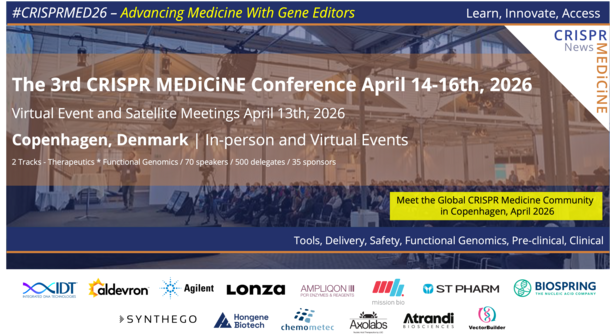X-linked severe combined immunodeficiency is an inherited disorder of the immune system that occurs almost exclusively in males. Children with this condition are prone to recurrent and persistent infections because they lack the necessary immune cells to fight off certain bacteria, viruses, and fungi. The condition is caused by variants in the IL2RG gene, which provides instructions for making a protein critical for normal immune system function and the growth and maturation of lymphocytes.
If untreated, infants with X-linked severe combined immunodeficiency can develop poor growth, chronic diarrhoea, a fungal infection called thrush, skin rashes, and life-threatening infections. The condition can be detected shortly after birth by newborn screening, which allows for prompt treatment.
X-linked severe combined immunodeficiency is the most common form of severe combined immunodeficiency disorders. The incidence of all severe combined immunodeficiency disorders is 1 in 60,000 newborns, and it is estimated that one-quarter to one-third of these cases are X-linked. The condition is inherited in an X-linked recessive pattern, with males being affected much more frequently than females as they have only one X chromosome.
Source: Medline Plus
